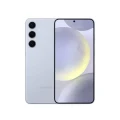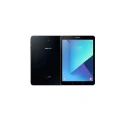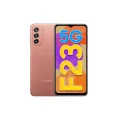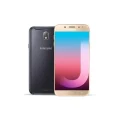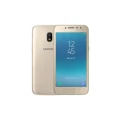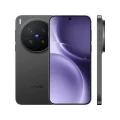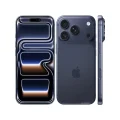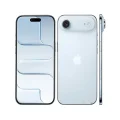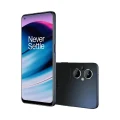- Home
- All Products
- Samsung
- Samsung Galaxy F14
Samsung Galaxy F14
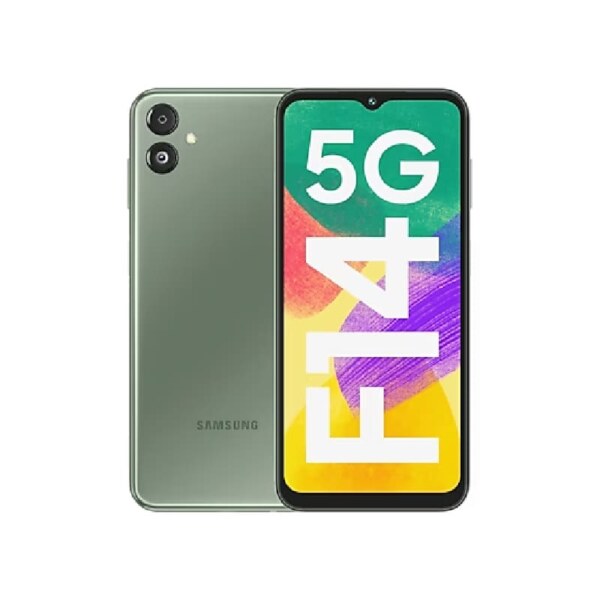

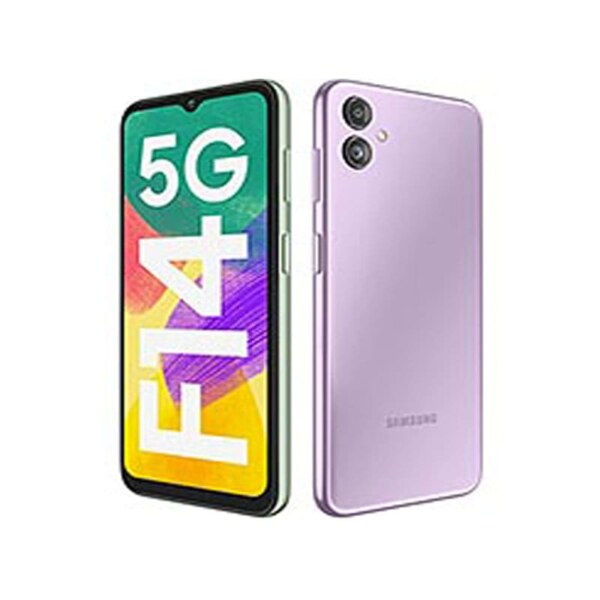
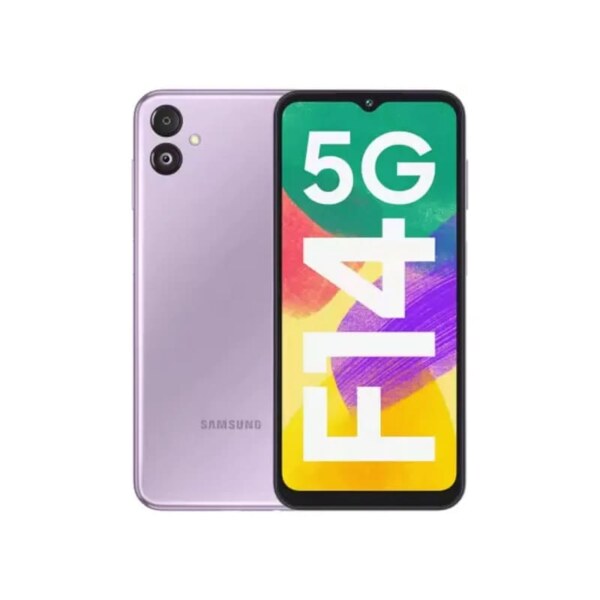
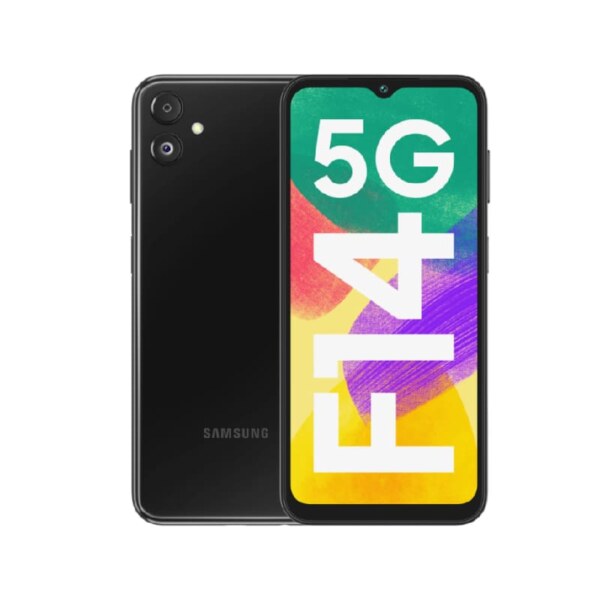
-
Battery: Octa-core
-
RAM: 4GB, 6GB
-
Storage: 128GB, 128GB
-
Display: PLS LCD, 6.6 inches
-
Camera: Rear 50+2 MP, and Front 13 MP
-
OS: Android 13, One UI Core 5.1
Full Specifications
Price
General
| Model | Samsung Galaxy F14 |
| Announced | 2023, March 24 |
| Status | Coming Soon |
Design
| Dimensions | Unspecified |
| Weight | Unspecified |
| SIM SIM (Subscriber Identity Module) is a small card that contains mobile network subscriber's account information. This allows the phone using the card to attach to a mobile network. The SIM card is most commonly associated with GSM and UMTS mobile networks. Moving a SIM card from one phone to another allows a subscriber to switch mobile phones without having to contact their mobile network carrier. SIM cards can also be used by a phone to store limited amounts of data, such as phone numbers and text messages. | Dual SIM (Nano-SIM, dual stand-by) |
| Colors | Black, Green, and Purple |
Display Specification
| Display Type Display Technology => A number of display technologies and types used in mobile phones => TFT (Thin Film Transistor), IPS (In-Place Switching), OLED (Organic Light Emitting Diode), AMOLED (Active-Matrix Organic Light-Emitting Diode), Super AMOLED (an even advanced version of AMOLED), Resistive Touchscreen (Resistive touchscreens contain two layer of conductive material with a very small gap between them which acts as a resistance), Capacitive Touchsceen (Capacitive touchscreen technology consists of a layer of glass coated with a transparent conductor) | PLS LCD |
| Size | 6.6 inches |
| Resolution | 1080 x 2408 pixels |
| Refresh Rate | 90Hz |
| Pixel Density Pixel Density (PPI) is refers to the concentration of pixels on a particular display, measured in pixels per inch (ppi). Pixel density is calculated by dividing the diagonal pixel resolution of a display by its diagonal size, higher pixel density better display quality. | 400 ppi density |
| Display Protection Display Protection => Gorilla Glass is a special alkali-aluminosilicate glass shield with exceptional damage resistance that helps protect mobile displays from scratches, drops, and bumps of everyday use, It is always better to go for a smartphone with Gorilla Glass for that added protection and peace of mind. | Corning Gorilla Glass 5 |
| Features | 81.5% screen-to-body ratio |
Platform
| Operating System OS => Every computer system run on a base software called Operating System (OS). Operating System controls all basic operations of the computer (such as smartphone, PDAs, tablet computers and other handheld devices). The Operating System allows the user to install and run third party applications (apps), apps are used to add new functionality to the device. | Android 13, One UI Core 5.1 |
| Chipset Chipset is a group of integrated circuits designed to perform one or a more dedicated functions, often with real time computing constraints, Popular smartphones are equipped with more advanced embedded chipsets that can do many different tasks depending on their programming. | Exynos 1330 (5nm) |
| CPU CPU (Central Processing Unit) mostly known as processors, CPU processes instructions in order to carry out certain functions that make your device operate properly. Processors are often described as the brain of computers, smartphones and tablets, Smartphones and tablets rely on processors to carry out their every task, Processors are an incredibly important factor in selecting any type of computing device, including your smartphone. | Octa-core (2x2.4 GHz Cortex-A78 & 6x2.0 GHz Cortex-A55) |
| GPU GPU (Graphics Processing Unit) is a single-chip processor designed to rapidly manipulate and alter memory to accelerate the creation of images in a frame buffer intended for output to a display, This includes things such as lighting effects, object transformations, and 3D motion. | Mali-G68 MP2 |
Main Camera
| Camera Setup | Dual |
| Resolution |
50 MP, f/1.8, (wide), PDAF 2 MP, f/2.4, (macro) |
| Features | LED flash, panorama, HDR |
| Video | 1080p@30fps |
Selfie Camera
| Camera Setup | Single |
| Resolution | 13 MP, f/2.0, (wide) |
| Video | 1080p@30fps |
Network & Connectivity
| Technology | GSM / HSPA / LTE / 5G |
| Wi-fi Wi-Fi is a popular wireless networking technology using radio waves to provide high-speed network connections that allows devices to communicate without cords or cables, Wi-Fi is increasingly becoming the preferred mode of internet connectivity all over the world. | Wi-Fi 802.11 a/b/g/n/ac, dual-band, Wi-Fi Direct |
| Bluetooth Bluetooth is a wireless communications technology for exchanging data between mobile phones, headsets, computers and other network devices over short distances without wires, Bluetooth technology was primarily designed to support simple wireless networking of personal consumer devices. | 5.2, A2DP, LE |
| NFC NFC (Near field communication) is a set of standards for smartphones and similar devices to establish peer-to-peer radio communications with each other by touching them together or bringing them into proximity, usually no more than a few inches. | Yes |
| Positioning |
GPS, GLONASS, GALILEO, BDS, QZSS, NavIC |
| FM Radio | No |
| Infrared port | Yes |
| USB | USB Type-C 2.0 |
| 2G Network |
GSM 850 / 900 / 1800 / 1900 - SIM 1 & SIM 2 |
| 3G Network |
HSDPA 850 / 900 / 2100 |
| 4G Network | LTE |
| 5G Network |
SA/NSA |
Battery
| Battery Type Battery Type => Cell phones run on various kinds of batteries depending on the manufacturer, phone size or shape and features. There are basically four types of cell phone batteries => Lithium Polymer, Lithium Ion, Nickel Metal Hydride and Nickel Cadmium. | Li-Poly (Lithium Polymer) |
| Capacity Battery Capacity is a measure (typically in Amp-hr) of the charge stored by the battery, and is determined by the mass of active material contained in the battery. The battery capacity represents the maximum amount of energy that can be extracted from the battery under certain conditions. | 6000 mAh |
| Removable | No |
| Charging |
25W wired |
| Wireless Charging Wireless Charging (Inductive Charging) uses an electromagnetic field to transfer energy between two objects. This is usually done with a charging station. Energy is sent through an inductive coupling to an electrical device, which can then use that energy to charge batteries or run the device. | No |
Multimedia
| Loudspeaker | Yes |
| Audio Jack | Yes, 3.5mm jack |
Storage
| Card Slot Memory Card Slot is a special slot for inserting a memory card. Memory cards allow you to expand the phone's built-in memory, A memory card (sometimes called a flash memory card or a storage card) is a small storage medium used to store data such as text, pictures, audio, and video, for use on small, portable or remote computing devices such as mobile phones, mp3 players, digital cameras. | microSDHC (dedicated slot) |
| Internal Storage Internal Storage is a data storage space (flash memory) mostly used in smartphones, tablets and other electronic devices where operating system, apps, music, photos, videos, files and other user data Is stored. |
128GB 4GB RAM, 128GB 6GB RAM |
Sensors
| Fingerprint | Fingerprint (side-mounted) |
| Other Sensors | accelerometer, gyro, proximity, compass |
About the Samsung Galaxy F14:
The Samsung Galaxy F14, launched in March 2023, is a budget 5G smartphone designed for users who want future-ready connectivity, long battery life, and solid day-to-day performance without breaking the bank. It features a 6.6-inch PLS LCD display with Full HD+ resolution and a 90Hz refresh rate, offering a decent viewing experience for browsing, video streaming, and social media. Under the hood, it is powered by the Exynos 1330 chipset, built on a 5nm process, which delivers efficient performance for daily tasks and moderate gaming. The device is equipped with a 6000mAh battery, one of the largest in its class, ensuring extended use over a full day or more, and supports 25W fast charging.
The 50MP dual rear camera setup captures good-quality photos in daylight, and the phone runs on Android 13 with One UI Core 5.1, promising software updates for years. With 5G support, a clean design, and practical features, the Galaxy F14 is a great option for budget-conscious users.
Main Key Features:
- Launch Date: March 2023
- Display: 6.6″ PLS LCD, Full HD+, 90Hz refresh rate
- Processor: Exynos 1330 (5nm)
- RAM & Storage: 4GB/6GB RAM, 128GB storage (expandable via microSD)
- Cameras: Rear – 50MP + 2MP; Front – 13MP
- Battery: 6000mAh with 25W fast charging
- Network: 5G support
- Software: Android 13, One UI Core 5.1
- Audio: 3.5mm headphone jack
- Colors: GOAT Green, OMG Black, BAE Purple
Pros & Cons:
Pros:
- Affordable 5G smartphone
- Huge 6000mAh battery with long backup
- 90Hz refresh rate for smoother scrolling
- Decent performance with Exynos 1330
- Guaranteed software updates (up to 2 OS upgrades & 4 years security)
Cons:
- No AMOLED display (PLS LCD instead)
- Basic camera setup with no ultrawide lens
- One UI Core has limited features
- No stereo speakers
- The design feels basic and bulky due to the large battery
Opinions:
The Samsung Galaxy F14 is an excellent choice for budget-conscious users seeking a phone with reliable performance and a large battery. Its dual-camera setup and expandable storage make it a practical option for everyday use, while the Exynos 1330 chipset ensures decent performance.
Check Related Products:
•Samsung Galaxy A14
•Samsung Galaxy A14 5G
FAQs about Samsung Galaxy F14:
Q. What are the key specifications of the Samsung Galaxy F14?
A: The Galaxy F14 typically features a large display, a powerful battery, a capable camera system, and a fast processor. Exact specs may vary by region.
Q. What is the battery capacity of the Samsung Galaxy F14?
A: The Galaxy F14 usually has a robust battery, often around 6000 mAh, providing extended usage time.
Q. What version of Android does the Galaxy F14 run?
A: The device typically ships with a recent version of Android, often accompanied by Samsung’s One UI interface.
Q. What colors are available for the Samsung Galaxy F14?
A: The Galaxy F14 is often available in various colors, though availability can vary by market.
Q. How good is the camera on the Samsung Galaxy F14?
A: The camera system usually includes a dual or triple camera setup, capable of taking quality photos in various conditions. Specific features may include night mode and portrait mode.
Q. Is the storage expandable?
A: Yes, the Galaxy F14 generally includes a microSD card slot for expandable storage, allowing you to increase storage capacity easily.
Q. Does the Samsung Galaxy F14 support 5G?
A: Yes, the Galaxy F14 is designed to support 5G connectivity, allowing for faster internet speeds where available.
Give Your Review
Disclaimer Note
You can write your own disclaimer from APS Settings -> General -> Disclaimer Note.
